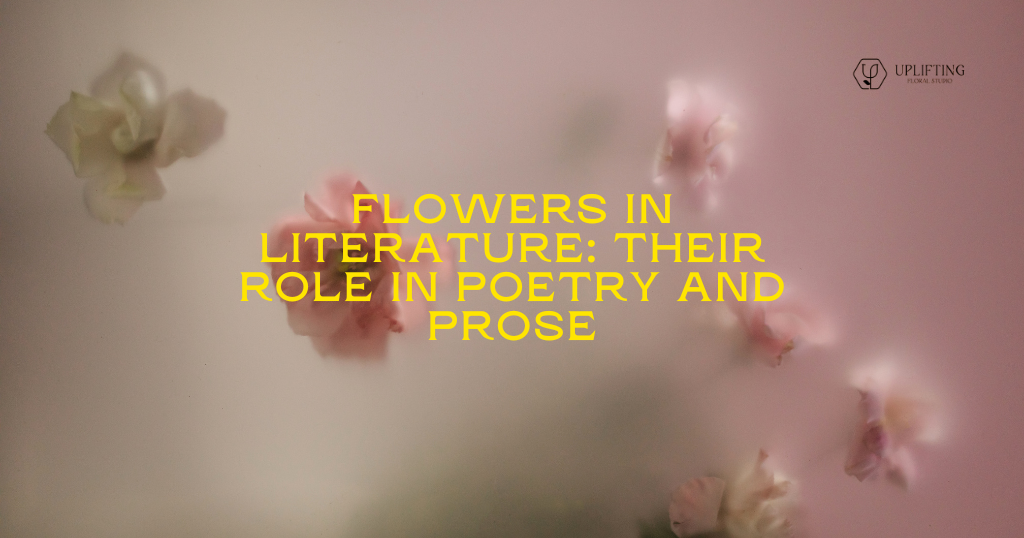Flowers, with their vibrant colors, delicate petals, and alluring fragrances, have captivated human senses for centuries. In the realm of literature, they serve as powerful symbols, metaphors, and motifs, adding layers of meaning to poetry and prose. This blog explores the enchanting role of flowers in literature, unraveling the poetic beauty and narrative depth they bring to the written word.
Symbolism of Flowers in Poetry:
- Roses: The rose, a timeless symbol of love and passion, frequently graces the verses of poets. From Shakespeare’s sonnets to contemporary works, the red rose often signifies romantic love, while white roses may symbolize purity and innocence.
- Daffodils: William Wordsworth immortalized daffodils in his famous poem “I Wandered Lonely as a Cloud.” The golden blooms are emblematic of nature’s beauty and the profound impact it can have on the human spirit.
- Lilies: Lilies, with their elegant form, often appear in literature as symbols of purity and renewal. In religious contexts, they may represent divinity and the divine.
- Cherry Blossoms: Cherry blossoms, celebrated in Japanese literature, symbolize the transient nature of life. Their fleeting bloom is a poignant reminder of the impermanence of beauty.
Floral Motifs in Prose:
- The Secret Garden by Frances Hodgson Burnett: In this classic novel, the garden becomes a metaphor for the rejuvenation and transformation of the characters. The blooming flowers symbolize the healing power of nature.
- The Great Gatsby by F. Scott Fitzgerald: Fitzgerald uses flowers, particularly the elusive green light at the end of Daisy’s dock, as symbols of unattainable dreams and the passage of time.
- The Language of Flowers by Vanessa Diffenbaugh: This novel weaves a narrative around the Victorian-era practice of assigning meanings to flowers. Each bloom becomes a nuanced expression of emotions and intentions.
Flowers, with their rich symbolism and aesthetic allure, continue to blossom in the world of literature. From the romantic allure of roses to the introspective nature of cherry blossoms, authors have skillfully employed floral imagery to enhance the emotional depth of their works. Whether adorning verses of poetry or influencing the thematic tapestry of prose, flowers remain a timeless and evocative element in the literary landscape, inviting readers to immerse themselves in the beauty and significance they bring to the written word.

No comments yet